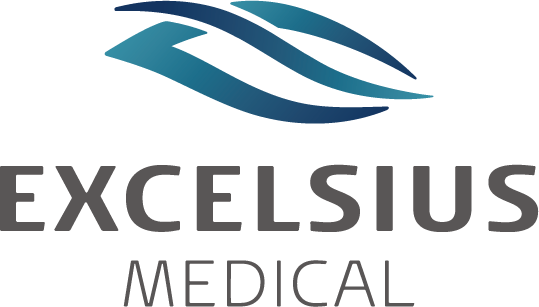Exploring the Wonders of Laser Light: How It Powers Technology and Enhances Our World
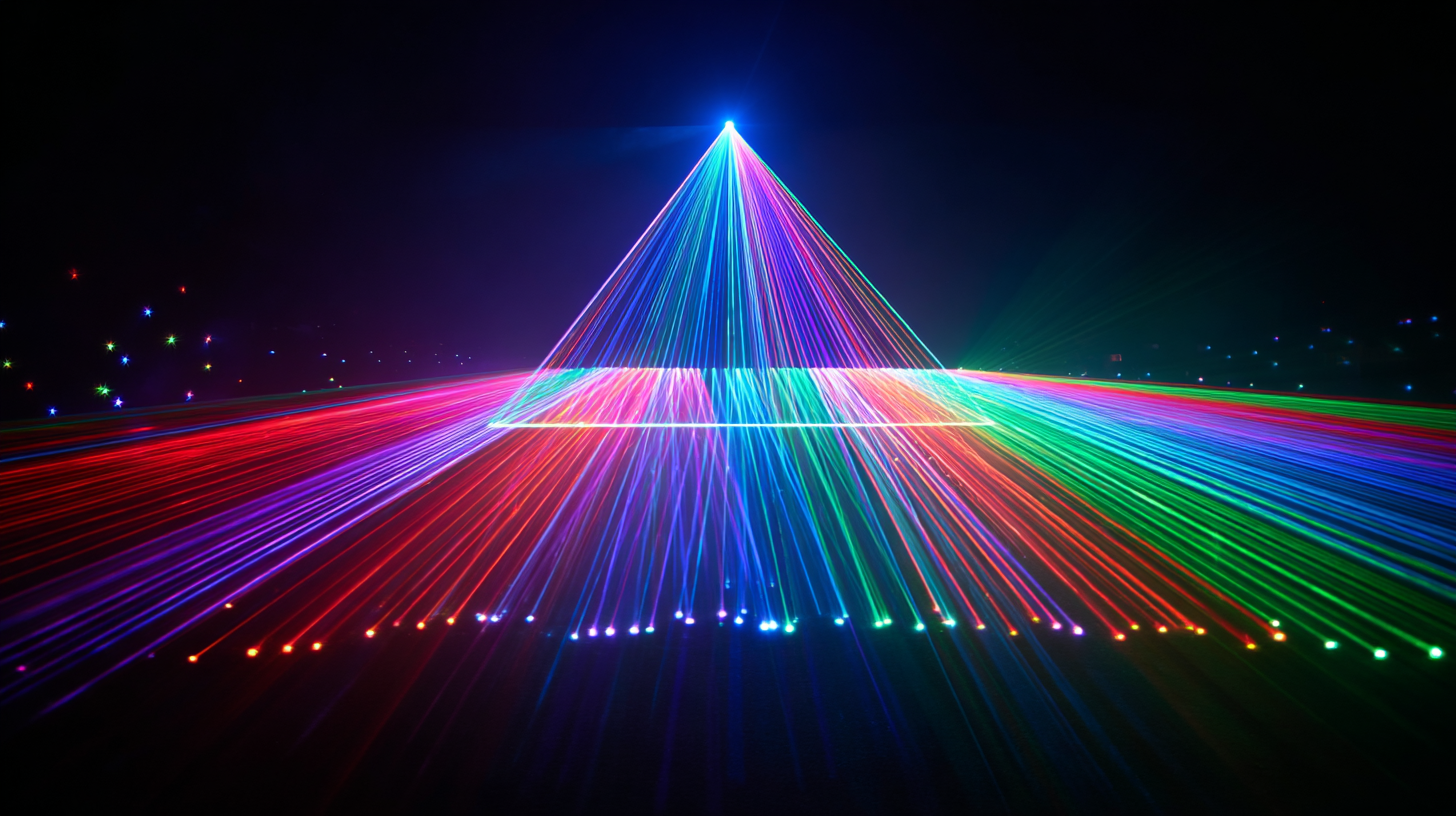 In recent years, the utilization of Laser Light has revolutionized various sectors, from telecommunications to medicine, continuously enhancing our technological landscape. According to the Laser Institute of America, the global laser market is projected to reach $20 billion by 2025, underscoring the burgeoning importance of laser technologies in everyday applications.
Laser Light has not only improved precision in manufacturing processes, yielding better product quality and efficiency but has also transformed medical practices, enabling minimally invasive surgeries and more accurate diagnostic tools.
Additionally, the advent of laser-based communication systems has greatly increased data transmission speeds, with fiber-optic lasers facilitating bandwidth capacities that surpass traditional copper systems by over 100 times.
As we explore the wonders of Laser Light, it becomes evident that this remarkable technology is not just enhancing our current capabilities but is also paving the way for future innovations that will redefine our world.
In recent years, the utilization of Laser Light has revolutionized various sectors, from telecommunications to medicine, continuously enhancing our technological landscape. According to the Laser Institute of America, the global laser market is projected to reach $20 billion by 2025, underscoring the burgeoning importance of laser technologies in everyday applications.
Laser Light has not only improved precision in manufacturing processes, yielding better product quality and efficiency but has also transformed medical practices, enabling minimally invasive surgeries and more accurate diagnostic tools.
Additionally, the advent of laser-based communication systems has greatly increased data transmission speeds, with fiber-optic lasers facilitating bandwidth capacities that surpass traditional copper systems by over 100 times.
As we explore the wonders of Laser Light, it becomes evident that this remarkable technology is not just enhancing our current capabilities but is also paving the way for future innovations that will redefine our world.
Understanding the Basics of Laser Technology in Everyday Applications
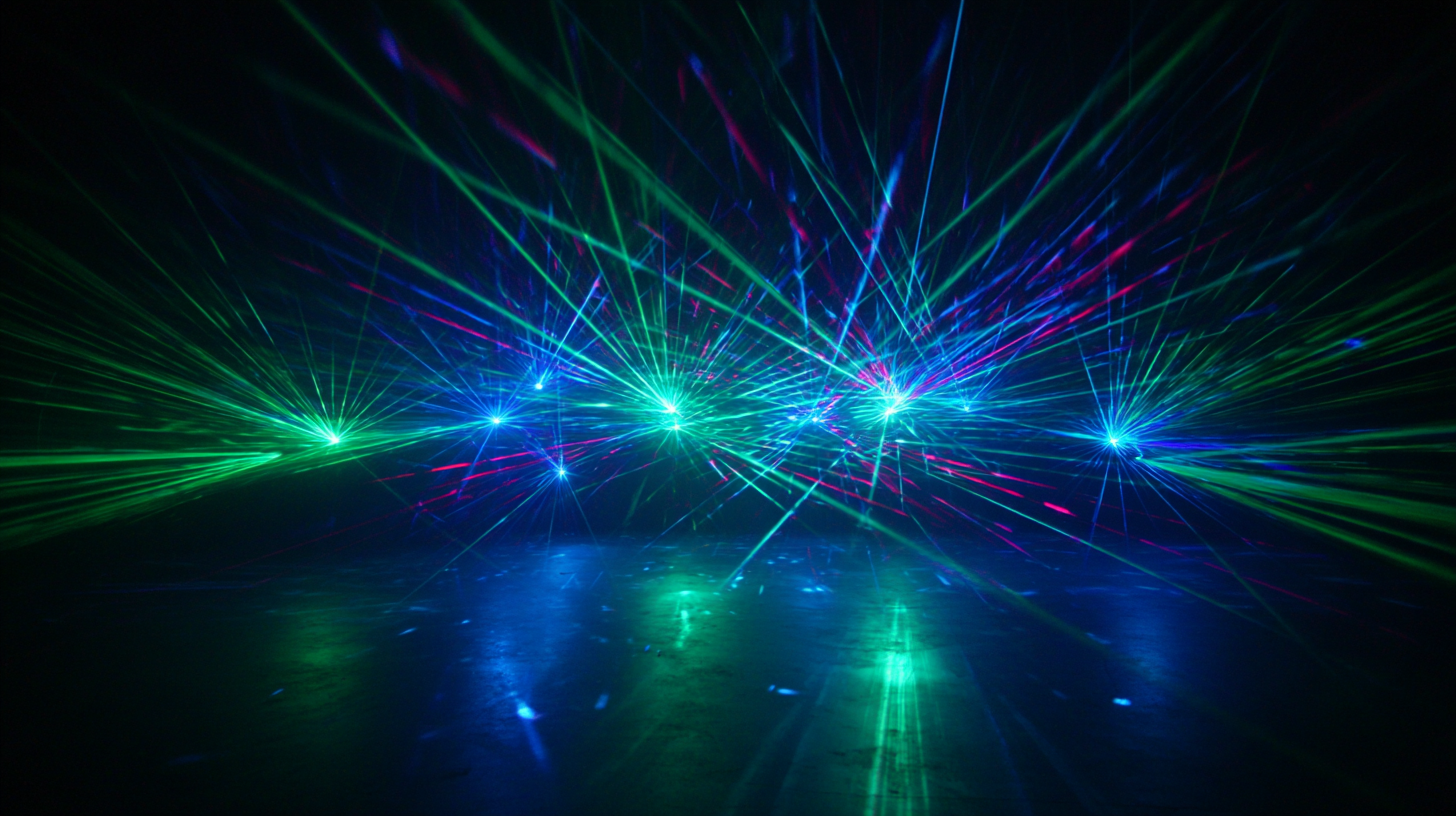 Laser technology has become an integral part of
various industries, transforming how we interact with the world around us. At its core, a laser produces a
coherent beam of light that can be tightly focused, allowing for precision applications. From
medical devices, such as laser surgery tools that minimize damage
to surrounding tissues, to barcode scanners that enhance retail and inventory processes, the versatility of
laser technology is evident in everyday life.
Laser technology has become an integral part of
various industries, transforming how we interact with the world around us. At its core, a laser produces a
coherent beam of light that can be tightly focused, allowing for precision applications. From
medical devices, such as laser surgery tools that minimize damage
to surrounding tissues, to barcode scanners that enhance retail and inventory processes, the versatility of
laser technology is evident in everyday life.
In the field of communication, lasers facilitate high-speed data transfer
through fiber optic cables, enabling the internet and telecommunications to keep pace with growing demands.
Additionally, laser printing revolutionizes office environments with its efficiency and quality, making it a
staple in homes and businesses alike. As we continue to explore the wonders of laser light, its contributions
to technology and quality of life will undoubtedly expand, paving the way for innovative solutions and applications
that enhance our daily experiences.
How Laser Light is Revolutionizing Communication Systems and Data Transmission
Laser light is transforming communication systems by enabling unprecedented data transmission capabilities and enhancing connectivity across vast distances. Recent advancements in laser technology, such as NASA's new laser communication initiatives, demonstrate this revolution. With the ILLUMA-T payload set to launch, NASA aims to showcase how laser communications can significantly expedite data transfer from space, setting new benchmarks in communication speed and efficiency. This enables real-time data relay from distant space missions, allowing scientists to receive critical information in ways that were once deemed impossible.
Tips for harnessing the power of laser communication include staying updated on technological innovations in photonic integrated circuits, which are projected to reshape optical communications by 2035. Understanding the potential of free-space optical communication (FSOC) is also essential, as it offers high data rate connectivity and could facilitate better communication for satellite networks. Embracing these technologies will not only enhance personal communication devices but may also revolutionize how humanity communicates with deep space missions, opening new avenues for exploration and discovery.
Exploring the Impact of Laser Light on Data Transmission
Innovative Uses of Lasers in Medicine: Precision and Healing Benefits
The innovative uses of lasers in medicine have revolutionized the way healthcare providers approach treatment, enhancing both precision and healing benefits. According to a report from the American Society for Laser Medicine and Surgery, over 10 million laser procedures are performed annually in the United States alone, highlighting the technology's significant impact on the medical field. Lasers are utilized in various applications, from delicate eye surgeries, such as LASIK, to more complex procedures like tumor removal, showcasing their versatility and effectiveness.
Furthermore, advancements in laser technology continue to push the boundaries of medical treatment. For instance, research published in the Journal of Biomedical Optics indicates that laser therapy can reduce inflammation and promote tissue regeneration, making it an invaluable tool in wound healing and pain management. The precision offered by lasers minimizes damage to surrounding tissues, resulting in quicker recovery times and improved patient outcomes. As the technology evolves, its role in fields such as dermatology and dentistry is expanding, paving the way for innovative treatments that enhance the quality of care and promote overall patient wellness.
Exploring Laser Solutions in Manufacturing: Efficiency and Quality Enhancement
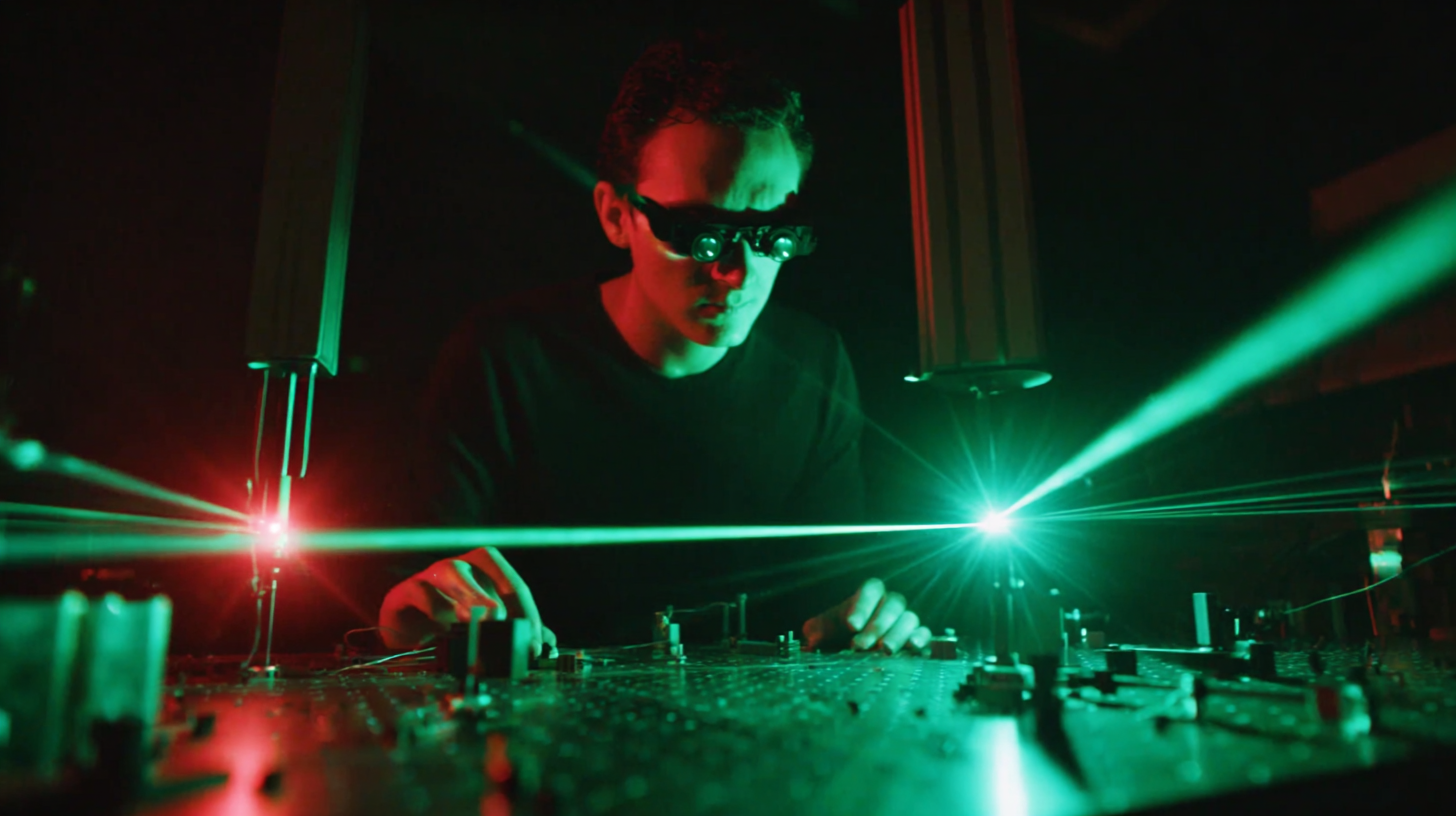 Laser technology has revolutionized the manufacturing sector by dramatically enhancing efficiency and improving the quality of various processes. With its precision cutting capabilities, lasers can create intricate designs and shapes with minimal material waste. This not only speeds up production times but also reduces costs associated with traditional machining methods.
Industries such as automotive and aerospace benefit significantly from this technology, as lasers can precisely cut and weld components, ensuring tighter tolerances and better-fitting parts.
Laser technology has revolutionized the manufacturing sector by dramatically enhancing efficiency and improving the quality of various processes. With its precision cutting capabilities, lasers can create intricate designs and shapes with minimal material waste. This not only speeds up production times but also reduces costs associated with traditional machining methods.
Industries such as automotive and aerospace benefit significantly from this technology, as lasers can precisely cut and weld components, ensuring tighter tolerances and better-fitting parts.
Moreover, lasers play a critical role in quality control within manufacturing. Advanced laser scanning systems can detect minute defects in products, ensuring that only items meeting stringent quality standards reach consumers. This capability leads to higher customer satisfaction and fewer returns, ultimately boosting a company's reputation and profitability.
By integrating laser solutions into their operations, manufacturers can achieve a competitive edge and adapt more rapidly to market demands while maintaining high quality and efficiency in their production processes.
The Role of Laser Light in Entertainment: From Concerts to Virtual Reality Experiences
Laser light plays a transformative role in the entertainment industry, particularly in the realm of virtual reality and concerts. As the boundaries between physical and virtual worlds blur, virtual concerts are rapidly gaining popularity, captivating audiences with immersive experiences. Artists are now able to perform in digital venues, reaching fans around the globe without geographical limitations. This growing trend is boosted by advancements in video technology and the rollout of 5G, which enhances streaming quality and minimizes latency, making experiences more engaging than ever.
Tips for enjoying virtual concerts include ensuring you have a reliable internet connection and a high-quality headset to fully immerse yourself in the sound and visuals. Engaging with other fans in virtual spaces can also enhance the experience, allowing for shared enjoyment in real-time. As virtual reality technology continues to evolve, the potential for innovative applications in entertainment is boundless. From gaming to educational experiences, the possibilities are exciting and ever-expanding.
With platforms increasingly integrating VR features, users should explore various applications to find experiences that resonate with their interests, whether through gaming, training, or immersive storytelling. The future of entertainment is undoubtedly intertwined with laser technology and virtual reality, promising exhilarating adventures for everyone.
Exploring the Wonders of Laser Light: How It Powers Technology and Enhances Our World
| Application | Description | Impact |
|---|---|---|
| Concerts | Lasers create stunning light shows and visual effects that enhance live performances. | Increases crowd engagement and overall experience, making concerts memorable. |
| Theatrical Performances | Used for creating dramatic lighting effects and scene transitions. | Enhances storytelling and emotional impact of plays and musicals. |
| Virtual Reality | Lasers are integral in tracking movement and creating immersive experiences. | Significantly improves user interaction and immersion in virtual environments. |
| Laser Shows | Specialized light displays that are synchronized with music. | Creates a captivating audiovisual experience for audiences. |
| Art Installations | Artists use lasers to create interactive and dynamic artwork. | Encourages viewer interaction and challenges traditional perceptions of art. |
Related Posts
-

Exploring New Opportunities with Laser Light at the Record Breaking Canton Fair 2025
-

Enhancing Surgical Outcomes: The Advantages of Light Surgical Solutions for Global Buyers
-

Ultimate Guide to Essential Components You Need for Medical Light Systems
-
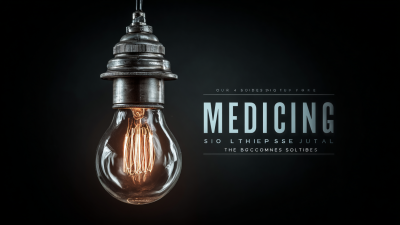
The Complete Guide to Sourcing the Best Lighting Medical Solutions for Your Business
-
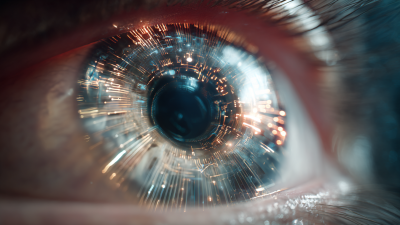
Challenges Facing Light Eyeball Technology in Modern Applications
-

7 Benefits of Using Light For Eye Products in Your Daily Routine
© 2025 EXCELSIUS MEDICAL All rights reserved
EXCELSIUS MEDICAL
Taiwan Office
2F., No. 18, Ln.31, Sec.1, Huandong Rd.,
Xinshi Dist., Tainan City 744, Taiwan, R.O.C.
German Office
Zeppelinstr. 4, Haus 3&4,
D-85399 Hallbergmoos, Germany
